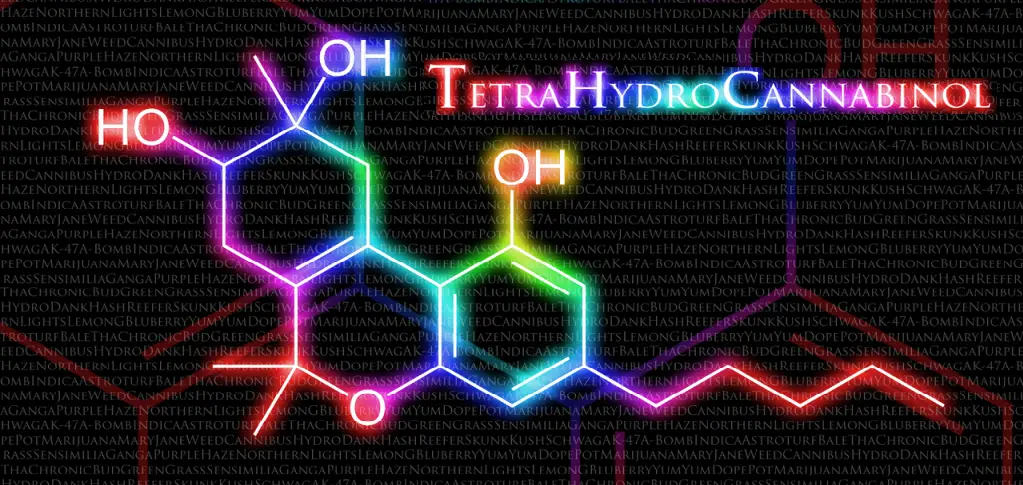By Marco Torres
Guest writer for Wake Up World
Many testing methodologies for cannabis are now significant due to the amount of fake and toxic weed on the market. More agencies are responsible for knowing how safe cannabis is when used for our health purposes. The answer is “very safe” as long as it’s pure. The experience of recreational users gives us some information, but we must understand safety issues in patients who have diseases like high blood pressure or diabetes so they can safely consume cannabis without impurities tainting a therapeutic approach that is far more effective than any drug in existence.
Drug companies are now routinely grinding up pure Cannabis Sativa and creating synthetic versions of delta-9-tetrahydrocannabinol or synthetic ajulemic acid (AjA) and combining it with gelatin, glycerin, iron colored oxides, titanium dioxide and marketing this drugs to doctors and hospitals under the name marinol. However, it doesn’t seem to interact with brain cells in the same way as the plant form, and although it generates no “high”, the molecular mimic of THC does not appear to be as effective as the real thing.
[pro_ad_display_adzone id=”110028″]
Although the medical benefits of cannabis are suppressed by the pharmaceutical industry that fears its powerful therapeutic properties, this hasn’t stopped users of medical cannabis from relieving chronic ailments, including cancer and post-traumatic stress disorder, to combat pain, insomnia, lack of appetite, and other symptoms. The proven benefits of cannabis clearly indicate it is one of the most significant healing plants on Earth.
THC’s Psychoactive Properties Prevent Brain Damage From Other Toxic Drugs
In contradiction to consistent claims by mainstream science that Cannabis causes brain damage, a 2014 study shows the opposite. Research published in the journals Behavioural Brain Research and Experimental Brain Research demonstrated that even extremely low doses of THC (cannabis’ psychoactive component) — around 1,000 to 10,000 times less than that in a conventional cannabis cigarette — can jumpstart biochemical processes which protect brain cells and preserve cognitive function.
In fact, low doses of THC protect the brain both before and after injury, say researchers from Tel Aviv University (TAU).
Dozens of studies have made pseudoscientific attempts to indicate that young people who use cannabis tend to experience psychological problems, mental decline, neurological damage and even schizophrenia. However, there is no evidence that cannabis use is directly linked with such problems, according to a previous study published in The Lancet and cannabis has been.
Prof. Yosef Sarne of Tel Aviv University’s Adelson Center for the Biology of Addictive Diseases at the Sackler Faculty of Medicine says that the drug has neuroprotective qualities as well. He has found that extremely low doses of THC — the psychoactive component of cannabis — protects the brain from long-term cognitive damage in the wake of injury from hypoxia (lack of oxygen), seizures, or toxic drugs. Brain damage can have consequences ranging from mild cognitive deficits to severe neurological damage.
Previous studies focused on injecting high doses of THC within a very short time frame — approximately 30 minutes — before or after injury. Prof. Sarne’s current research, published in the journals Behavioural Brain Research and Experimental Brain Research, demonstrates that even extremely low doses of THC — around 1,000 to 10,000 times less than that in a conventional cannabis cigarette — administered over a wide window of 1 to 7 days before or 1 to 3 days after injury can jumpstart biochemical processes which protect brain cells and preserve cognitive function over time.
Purity is Essential
Cannabinoids from pure sources can prevent cancer, reduce heart attacks by 66% and insulin dependent diabetes by 58%. Cannabis clinician Dr. William Courtney recommends drinking 4 – 8 ounces of raw flower and leaf juice from any Hemp plant, 5 mg of Cannabidiol (CBD) per kg of body weight, a salad of Hemp seed sprouts and 50 mg of THC taken in 5 daily doses.
Why raw? Heat destroys certain enzymes and nutrients in plants. Incorporating raw cannabis allows for a greater availability of those elements. Those who require large amounts of cannabinoids without the psychoactive effects need to look no further than raw cannabis. In this capacity, it can be used at 60 times more tolerance than if it were heated.
As more research continues on the effectiveness of THC from pure sources especially in low doses, more scientists are discovering the therapeutic powerhouse that Cannabis provides.
Legalized Weed is Becoming Sophisticated, in Terms of Safety
Cannabis: Legalized Weed Is Getting Sophisticated… by PreventDisease
Previous articles by Marco:
- Another Reason Marijuana is Illegal: It Prevents the Spread of HIV
- Researchers Link Birth Defects with Mothers’ Proximity to Natural Gas Development
- The 10 Most Addictive Substances – Guess Which One is Not on the List?
- 4 Diseases That Can Be Reversed Naturally Without Pharmaceutical Drugs
- Teens are Not Convinced that Sunscreen Prevents Disease
- Woman Shrinks Inoperable Mass, Heals Her Thyroid Disease With Cannabis Oil
- Playing God: 4 Geoengineering Projects Doomed To Fail While Polluting The Earth
- 5 Big Signs The Global Engine of Deceit, Lies and Control Are Coming To End
- Man Heals His Excruciating Pain With Cannabis After A Battery of Pharmaceuticals Failed
About the author:
Marco Torres is a research specialist, writer and consumer advocate for healthy lifestyles. He holds degrees in Public Health and Environmental Science and is a professional speaker on topics such as disease prevention, environmental toxins and health policy.
This article was reposted with permission from preventdisease.com
[pro_ad_display_adzone id=”110027″]







